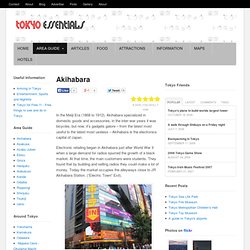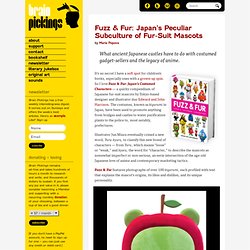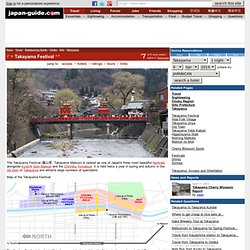

ST990 CHAMBRAY WORK SHIRT. Tokyo Subway Manner Posters, 1976-1982. Tokyo Tourist Guide. Akihabara 5.00/5 (100.00%) 1 vote In the Meiji Era (1868 to 1912), Akihabara specialized in domestic goods and accessories, in the inter-war years it was bicycles, but now, it’s gadgets galore – from the latest most useful to the latest most useless – Akihabara is the electronics capital of Japan.

Electronic retailing began in Akihabara just after World War II when a large demand for radios spurred the growth of a black market. At that time, the main customers were students. They found that by building and selling radios they could make a lot of money. Today the market occupies the alleyways close to JR Akihabara Station. Electronics Town – Akihabara The larger shops are located along Chuo Dori Avenue. Competition is fierce between the shops and prices can vary quite substantially. Maid Coffe Shops Maid Kissa are a new phenomenon in Tokyo. Yodobashi – Akihabara Store Been to Akihabara? Wired 7.12: Cute Inc. Cute Inc.

What can you say about a high-powered exec with an Elmo charm on his cell phone? He gets it. By Mary Roach Over the last year and a half, the Japanese carrier All Nippon Airways spent upwards of a million dollars in licensing fees and paint to decorate the exterior of three Boeing 747s with colorful, 20-foot-high Pocket Monsters from Pokémon, the Nintendo Game Boy phenomenon-slash-hit cartoon-slash-just released Warner Bros. movie-slash-merchandising blitz. The assumption is that Japanese men and women will line up for the opportunity to ride a jet whose fuselage, headrests, and beverage cups are decorated with the adorable yellow whatever-he-is, Pikachu. To anyone who knows Japan, the assumption seems apt. They see backhoes painted to look like giraffes and police kiosks fixed up like gingerbread houses. This may change. The maiden voyage of ANA flight 007 leaves for Tokyo from San Francisco International Airport in one hour. The Japanese word for cute is kawaii. "But -" "Um ...
Fuzz & Fur: Japan's Peculiar Subculture of Fur-Suit Mascots. By Maria Popova What ancient Japanese castles have to do with costumed gadget-sellers and the legacy of anime.

It’s no secret I have a soft spot for children’s books, especially ones with a grown-up spin. So I love Fuzz & Fur: Japan’s Costumed Characters — a quirky compendium of Japanese fur-suit mascots by Tokyo-based designer and illustrator duo Edward and John Harrison. The costumes, known as kigurumi in Japan, have been used to promote anything from bridges and castles to water purification plants to the police to, most notably, prefectures. Illustrator Jun Miura eventually coined a new word, Yuru-kyara, to classify this new breed of characters — from Yuru, which means “loose” or “weak,” and kyara, the word for “character,” to describe the mascots as somewhat imperfect or non-serious, an eerie intersection of the age-old Japanese love of anime and contemporary marketing tactics.
Arukuma A kigurumi into kigurumi, this green bear loves to collect hats. Hikonyan Ikubee Sasebo Burger Boy Kunio. Takayama Travel: Takayama Festival (Takayama Matsuri) The Takayama Festival (高山祭, Takayama Matsuri) is ranked as one of Japan's three most beautiful festivals alongside Kyoto's Gion Matsuri and the Chichibu Yomatsuri.

It is held twice a year in spring and autumn in the old town of Takayama and attracts large numbers of spectators. Map of the Takayama Festival: The Spring Festival (April 14-15) is the annual festival of the Hie Shrine in the southern half of Takayama's old town. Since the shrine is also known as Sanno-sama, the spring festival is also called Sanno Festival. Likewise, the Autumn Festival (October 9-10) is the annual festival of the Hachiman Shrine in the northern half of the old town, and the festival is also known as Hachiman Festival. The spring and autumn festivals have similar attractions and schedules. Main attractions of the Takayama Festival: The Takayama Festival is a very popular event, visited by several hundred thousand people from across Japan and the world.